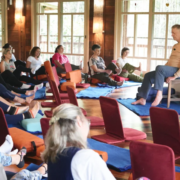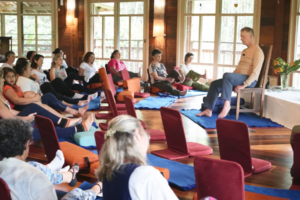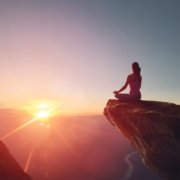Patanjali Yoga Sutra: Dispassion
tat paraṁ puruṣakhyāter guṇa vaitṛṣṇyaṁ – Sutra 1.16
That supreme non-attachment is absence of craving even for the forces of nature, the three gunas, through direct realization of puruṣa, the true Self.
This sutra states that the highest form of dispassion involves releasing all attachment even to the three gunas, the basic forces within nature.
What are these forces and how would we release attachment to them?
The gunas are the basic polarities in all of nature, including our own bodies.
Rajas is the polarity of energy; It is what motivates all of our doing and achieving; All of our desire to get followed by the desire to keep are the result of rajas. Rajas is also the desire and even greed to get more and more. It is also the anger when we don’t get what we want and the jealousy when someone else does.
Tamas is the opposite polarity of rajas; It is inertia and lethargy, a lack of motivation and a resistance to doing that which needs to be done. It is also a lack of purpose and meaning, a lack of direction in which we drift through life satisfied with momentary sense pleasures but with no definite direction.
Sattva is balance; In some ways it is a middle point between rajas and tamas, so we have the energy to achieve our basic needs but we recognize that material things are not ends in themselves, only means to recognizing our deeper truth which is our own true Being.
The Sattvic state is very much aligned with physical and psycho-emotional health for balance in the way we perceive life cultivates balance in the autonomic nervous system and in every system and organ of the body.
The means to gain mastery over the gunas and thereby experience absolute dispassion begins with awareness. Throughout the day and the week, we can question which guna or combination of gunas is present in our thoughts, feelings and in the physical body.
We can then question whether this activity of the gunas is really taking us where we want to go. Are we deepening our self-knowledge, happiness and peace or are we moving away from where we want to be?
Next, we assess our attitudes and beliefs because the gunas we experience in daily living will always be a reflection of these. Do these attitudes reflect our highest intention and our life’s deepest meaning?
Through this process we can analyze both the gunas as they presented themselves in our lives and the attitudes that generate them, gradually leading to the release of thoughts and feelings, and their effect on our body that no longer serves our journey.
Finally we release into that deeper self our inner Being in meditation to abide in Sattvic peace and tranquility as a portal to our life’s deeper purpose and meaning.
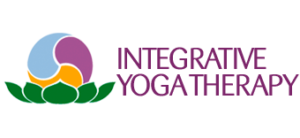



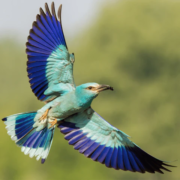




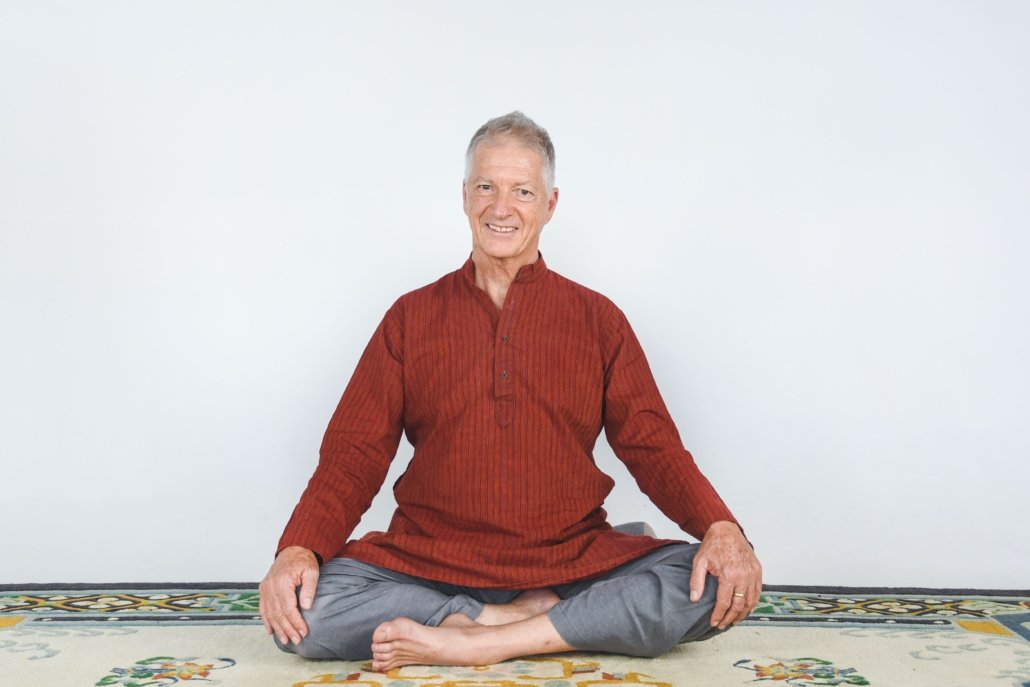

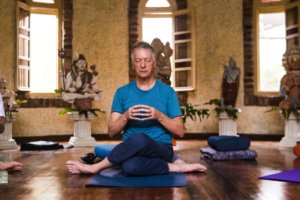 Joseph Le Page
Joseph Le Page
